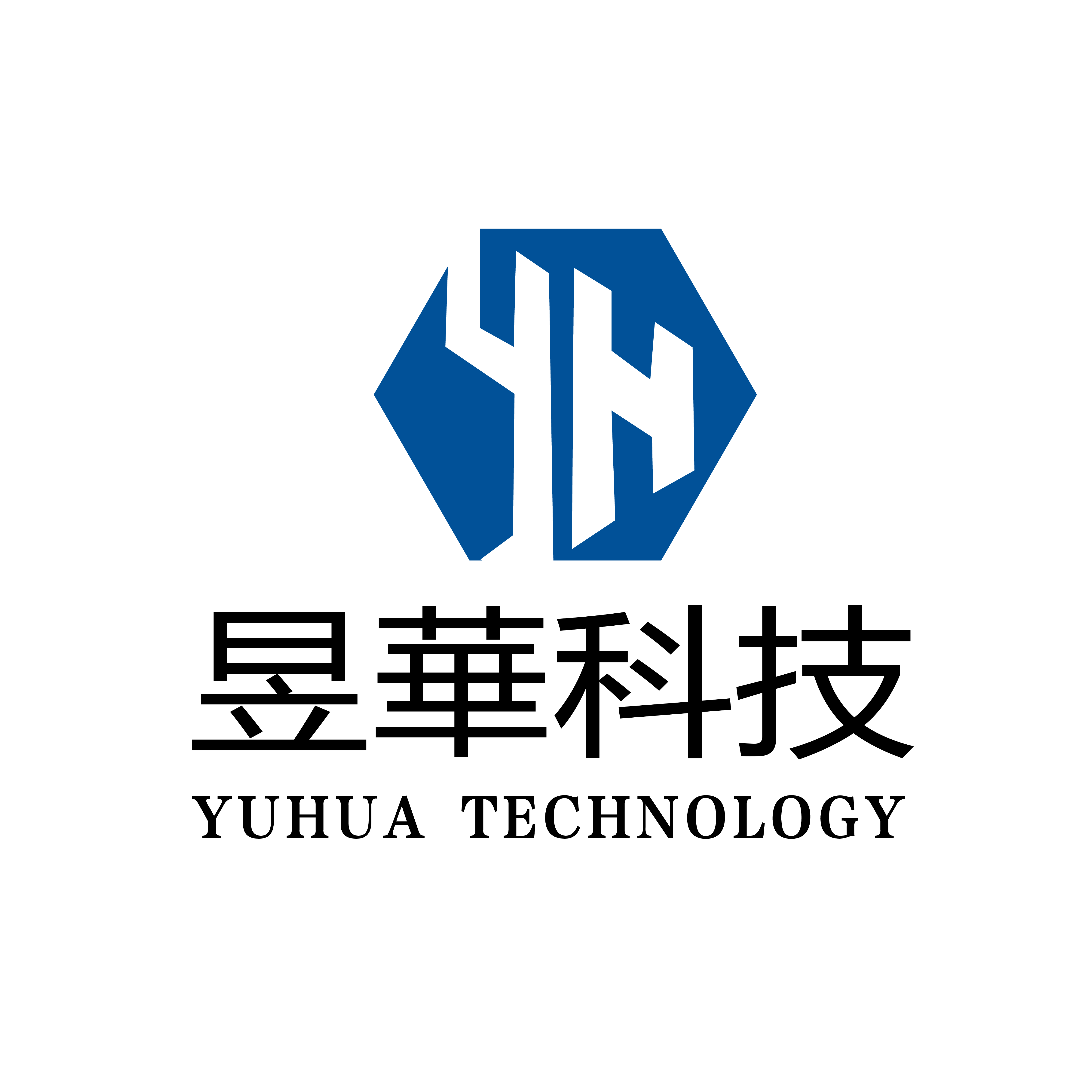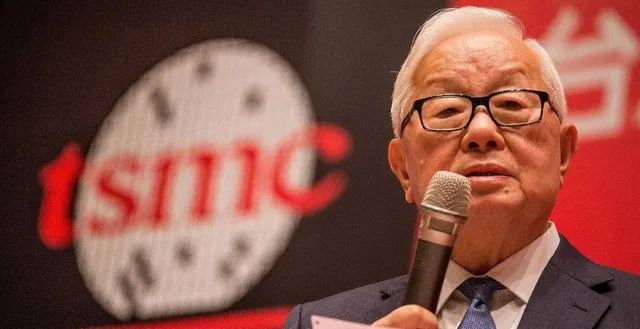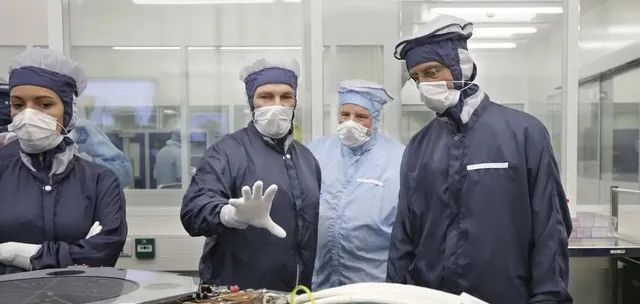| Mainstream semiconductor manufacturers gathered in the automotive market, and the automotive electronics market suddenly rose in 2021 | |
| 发表时间: 2023-07-18 阅读次数: 字体:【大 中 小】 | |
|
The China Automobile Industry Association (hereinafter referred to as the China Automobile Association) said on January 13 that the recovery momentum of China's auto market since April 2020 is expected to continue, and the Chinese auto market will achieve a restorative positive growth in 2021. China's total auto sales in 2020 were 25.31 million, a year-on-year decrease of 1.9%, but China is still the world's largest auto market. The China Automobile Association also predicts that China's total auto sales will increase by 4% to 26.3 million units in 2021. Among them, the annual sales volume of passenger car market is expected to be 21.7 million, with a year-on-year increase of 7.5%; The annual sales volume of commercial vehicle market is about 4.6 million, which is expected to decline by 10% year-on-year; The annual sales volume of new energy vehicle market was 1.8 million, with a year-on-year increase of 40%, far exceeding the expected growth rate of 7.5% in the passenger vehicle market.
It can be seen from the prediction of China Automobile Association that the new energy vehicle market is expected to usher in sustained and rapid growth in the future, and is expected to change from policy driven to market driven. Automotive electronic technology continues to develop, but supply is tight Both traditional automobile manufacturers and new forces in automobile manufacturing are vigorously promoting the development of new automobile technology. For example, the self driving technology promoted by Tesla Model for many years is continuously updating; The et7, the first car newly launched by Weilai recently, not only has the function of automatic driving, but also may be equipped with semi-solid battery in the future to make the mileage exceed 1000 kilometers; At the ongoing online CES exhibition, BMW launched the new eighth generation iDrive system, which integrates analog technology and digital technology, so that vehicles can get more information than drivers; Mercedes Benz demonstrated a full digital, full screen infotainment system mbux hyperscreen driven by artificial intelligence on ces2021; Baidu teamed up with Geely Automobile to implement its self driving technology
It seems that the demand for automotive electronics is growing, but the recent market news makes automotive practitioners not very happy. At the beginning of December last year, a news that "north and South Volkswagen stopped production due to 'core shortage' pushed the fact of core shortage in the automotive industry to the forefront of the storm. Later, although the relevant person in charge of Volkswagen responded that the uncertainty caused by the COVID-19 affected the chip supply of some specific automotive electronic components, the overall recovery of the Chinese market further promoted the growth of demand and made the situation more serious, As a result, some automobile production faces the risk of interruption. However, the situation is not as serious as market rumors, and the customer delivery of relevant vehicles has not been affected. It is reported that Volkswagen subsequently changed the production schedule of some automobile factories in North America, Europe and China. In fact, the problem of "core shortage" in the automotive industry has not been alleviated at the beginning of 2021. The shortage of chips is forcing major global automakers to reduce production, and Daimler, Nissan, Honda, Ford, Fiat Chrysler and other giants are directly affected. According to Japanese media, Honda announced to adjust the production pace and cut the production of 4000 vehicles in Japan in January, mainly affecting the mini car "fit". According to a source, the chip shortage may affect tens of thousands of Honda vehicles in the first quarter. In the United States, Ford also suffered from the chip shortage crisis. On January 8 local time, Ford announced that an SUV assembly plant in Louisville, Kentucky, would shut down for a week, advancing the originally planned shutdown time. Fiat Chrysler will temporarily close a Canadian plant and further postpone the production of jeep models in its Mexican plant until the end of January, on the grounds that it aims to maintain the operation of other North American plants. GM said it had no impact on production at present, but was looking for ways to prevent factory shortages. PSA Peugeot Citroen Group (SPA), which is about to merge with Fiat Chrysler, confirmed on Friday that its production has not been affected. BMW said that although it had not reduced or stopped automobile production, it regularly contacted suppliers. It is also reported that Suzuki Motor Company of Japan is also changing production, and there is no plan to idle the plant at present. Subaru, a Japanese car company, said it was dealing with delays in parts supply and might adjust its output plan. Nissan will also reduce the production of note models produced in Japan this month, which is said to be significantly reduced from 15000 to 5000 per month. Recently, a Toyota spokesman said that Toyota suspended its production line in Guangzhou, China, because the global chip shortage continued to plague global auto manufacturers. According to Japanese media reports, the shutdown may lead to a production reduction of up to 30% in January, depending on the duration of the shutdown. Mainstream semiconductor manufacturers gather in the automotive market On the one hand, the demand for electronic components in the automotive market is growing, on the other hand, the consumer electronics market such as smart phones is leveling off. Therefore, automotive electronics has become the next hot spot of the electronic industry. It can be seen from the revenue of mainstream semiconductor manufacturers. For example, according to Infineon's Q4 2020 financial report, 43% of its 9.6 billion euro revenue is contributed by automotive electronics; In the latest Q3 2020 financial report of NXP semiconductor, the revenue from the automotive industry was $964million, accounting for 43% of the total revenue; According to the financial report of Yifa semiconductor Q3, the majority of its revenue is provided by the automotive and discrete device product department, accounting for 32% of its total revenue Moreover, at present, all mainstream semiconductor manufacturers are actively planning the automotive electronics market. For example, Qualcomm, which is powerful in the consumer electronics market, has always wanted to enter the automotive electronics market; Taiwan's MediaTek announced its entry into the growing automotive electronics market in early December 2016; In order to maintain its market position, some companies have also made some strategic mergers and acquisitions, such as ansenmey's acquisition of Fairchild to make up for its deficiencies in medium and high voltage power devices; Renesas consolidated its position in the automotive electronics market by acquiring INTERSIL; Infineon strengthened its position in the automotive market by acquiring cypress Infineon not only improved its automotive electronics product line through acquisition, but also recruited Cao Yanfei, who had worked in continental group and Bosch for many years, to act as the senior vice president of Infineon technology Greater China and head of the automotive electronics business department to operate the Chinese automotive market of Infineon. Cao Yanfei said in an interview that Infineon's strategic direction in the automotive market will focus on three core areas, namely, zero emissions will be achieved, the driver will become a passenger, and the car will be the same car. wps9.jpg Figure: the proportion of Infineon's revenue sources after the merger of cypress. (data source: Infineon financial report) "Zero emission is bound to be achieved. In fact, what we are talking about is the electrification of the car; the driver turns into a passenger, mainly around intelligence and networking; the car is still the same car, which can be said to be optimized around the characteristics of intelligence, networking or comfort of the car." He explained these three cores, "specifically, it is to provide more and more innovative solutions in automobile body, instrument / entertainment information system, chassis / safety, powertrain and advanced assisted driving / autonomous driving. At present, Infineon can provide different products for different needs and scenarios, and can provide customers with one-stop solutions." In addition to Infineon's traditional strength power devices, Infineon has also invested a lot in automotive sensors in recent years. Sensors are indispensable in auto driving, and with the improvement of auto driving, more and more sensors will be needed. "Depending on the differences of various schemes, including their own understanding of sensors, depth algorithms, etc., there may be different combinations of schemes. With the improvement of automatic driving level, the semiconductor content in the car and the cost of BOM are increasing significantly, and the market potential is huge." Cao Yanfei pointed out. Sensors used in automatic driving include radar, camera and other sensor modules. Infineon plays a very important role in millimeter wave radar. Cao Yanfei proudly said that Infineon is the largest supplier of 77GHz radar chips for vehicles, and 2/3 of 77GHz millimeter wave radar chips on the market come from Infineon. At the same time, he also revealed that Infineon will launch millimeter wave radar based on 28nm technology, and even point cloud imaging millimeter wave radar products. Ansenmey's layout in the automotive market began very early. According to David SOMO, senior vice president of strategy, marketing and solution engineering of ansenmey semiconductor, "since entering the automotive market in 2010, ansenmey has shipped 130billion chips to automotive customers by 2019. In 2019, about 230 devices of ansenmey semiconductor were used in every car produced in the world." According to ansenmey's 2019 financial report, 33% of its $5.5 billion revenue came from the automotive industry. David SOMO pointed out that in the future, ansenmey will continue to develop new products in the automotive market and increase R & D investment. "In terms of automobiles, we will promote research and development around sensors, self driving related applications, new energy vehicles, and vehicle electrification." He revealed. Ansenmey semiconductor has developed a complete portfolio of product solutions and various sensor modes to support L4 and L5 level autonomous vehicle, including ultrasonic sensor interfaces, image sensors, solid-state lidar and millimeter wave radar technologies. David SOMO said that ansenmey's millimeter wave technology came from the acquisition of IBM Research haifalab. At present, ansenmey has applied the millimeter wave technology to the fields of communication and optical fiber, and plans to use it in the automotive field. At present, it is conducting sample evaluation with customers, and has not been used in the commercial production of automobiles. In terms of lidar, the technology comes from the acquisition of sensl, so as to obtain the technology of solid-state lidar (LIDAR). According to David SOMO, at the beginning, sensl mainly talked about the application of this technology in the medical market, and now it can be used in the automotive market after additional development. "Many customers have applied our silicon photomultiplier tube (SIPM) and single photon avalanche diode (SPAD) technology to the solid-state lidar system, realizing the commercial application of lidar in the automotive industry and the safety application of l2+ and L3 level automatic driving." He further pointed out. David SOMO pointed out that in terms of cost, because ansenmey's lidar scheme is a solid-state scheme, it can reduce the cost of lidar from the cost level of mechanical rotary type exceeding $1000 in the past to the range of $500 in the current solid-state scheme. In terms of image sensors, over the years, ansenmey has enriched its image sensor portfolio through three acquisitions, including aptina, cypress's image sensing technology and truesense. According to the Q3 financial report of 2020 released by NXP, the revenue of its automotive industry was $964million, accounting for 42.5% of the total revenue. In 2019, the revenue of its automobile industry accounted for a higher proportion, accounting for 47%. According to Lars Reger, senior vice president and chief technology officer of NXP, NXP started to invest in the field of autonomous driving after its merger with Freescale in 2015. Since then, it has also acquired Marvell's Bluetooth and WiFi businesses and independently developed a variety of technologies, including UWB. He told that these are technical reserves for NXP to develop autonomous driving. NXP is copying some innovative ideas from other industries to the automotive industry, and also promoting the use cases of the automotive industry to other markets. Lars Reger said for example, "for example, UWB chip is now introduced into automotive electronics to realize the innovation of application in the automotive industry. Now we have also seen that the application of UWB chip in mobile phone can realize more powerful connection functions, including the integration with cars, mobile phones, keys, keys and other systems“ At the recent CES 2021 online exhibition, NXP showed its new automotive electronic solutions, including the new automotive ADAS solution, which is composed of the new NXP radar processor and 77GHz RF CMOS radar transceiver tef82xx and its new S32 automotive processing platform, which can provide flexible and scalable configuration options for automotive manufacturers, And meet the NCAP crash test requirements for corner and front-end radar applications. Combined with tef82xx transceiver, NXP's new special s32r45 radar processor can provide excellent angular resolution, processing capacity and effective detection distance. It can not only distinguish small objects in the distance, but also accurately classify vehicles, bicycles and pedestrians in crowded environments, so as to provide better driving decisions for ADAS system. In addition, enzipun also announced the launch of a new high-performance computing development platform for automotive safety - bluebox 3.0. Bluebox 3.0 is a new extended version of NXP automotive safety high performance computing (AhpC) development platform. Designed for the development and verification of software applications before the application of chip devices, bluebox 3.0 can provide a variety of options to meet the needs of user-defined vehicles, l2+ level driving assistance, and the evolving vehicle architecture. It is reported that by using NXP's 16 core layerscape lx2160a processor, bluebox3.0 has doubled the processing performance. This improvement in performance, coupled with the expanded i/o interface, has greatly enhanced the intelligence and connectivity of the new vehicle architecture. By integrating centralized computing modules, integrated high-performance NXP processors, and expanded i/o connections, bluebox3.0 can help designers shorten the system development cycle and speed up product launch. In the view of Maria Tang, vice president of Xilinx Greater China core market, 5g is a fast-growing market in the short term, but in the long term, the growth potential of the application market close to the terminal will be greater, such as cars. "With the increasingly obvious trend of automotive electronization, the sales volume of the entire automotive industry, whether in Europe, North America or China, increased rapidly in the second half of the year." She pointed out. Therefore, Xilinx has also invested a lot in the automotive field. According to Tang Xiaolei, Xilinx has invested in both the traditional auxiliary driving field and the automatic driving field above L4, especially in the automatic driving field above L4. "Due to the restrictions of laws and regulations, it is still too early to say that the mass production of L4 car, but we are all involved in the customer's test." She said. Tang Xiaolei also pointed out that the L4 level autonomous vehicle manufacturers that currently use Xilinx products include auto X and tusimple. She is not convenient to disclose some manufacturers at present, but she believes that more cars equipped with Xilinx products will be released in 2021. In addition to foreign manufacturers, in fact, many domestic manufacturers are entering the automotive industry. For example, AI Unicorn enterprise horizon has released a number of vehicle specification AI chips. On January 13, Zhiji automobile released high-end intelligent pure electric cars and intelligent pure electric SUVs. Its intelligent digital architecture is horizon journey 2 chip. It is reported that horizon journey 2 is the only automotive smart chip in China to achieve mass production of large-scale front loading. 2020 horizon has been pushed |
|
| 上一篇:Method of identifying true and false Ti chips | |
| 下一篇:There is a shortage of chips, the trend of automotive electronics concept is active, and Chinalco electronics, China Automotive Research and other companies rose by the limit |
- Home
- Product
- Main brand
- Application
- Service help
- Press Center
- About us
- Contact us
-
全国服务热线+86 755-23614163



